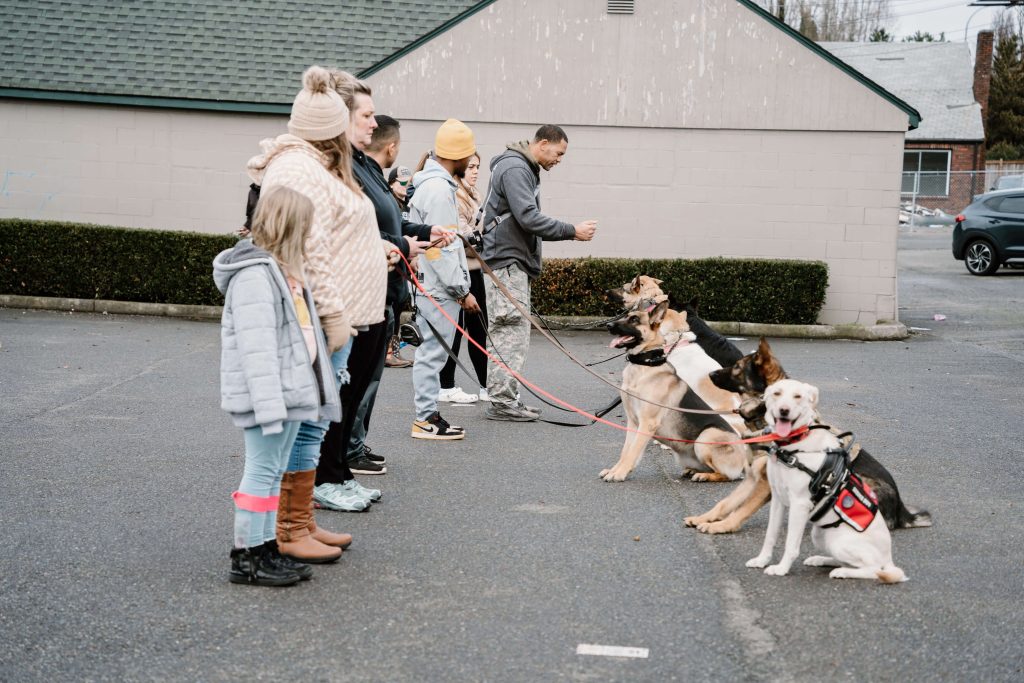Dog Protection Training
Obedience training: Before starting protection training, it’s crucial to establish a solid foundation of basic obedience training. This includes commands such as sit, stay, come, and heel. Obedience training establishes trust, respect, and clear communication between the dog and the handler.
Bite work: Bite work is a central aspect of protection training. It involves teaching the dog to bite on command and release the bite when commanded. The dog is trained to bite and hold on to an aggressor or intruder while maintaining control and focus.
Scent discrimination: Dogs can be trained to differentiate between friendly and aggressive or threatening individuals. They learn to respond only when the handler gives a specific command or signal, indicating a potential threat.
Controlled aggression: Protection dogs should exhibit controlled aggression. This means they should only engage in protective behaviors when commanded by their handler and should be able to switch off their aggression when directed to do so. This control is essential to ensure the safety of both the dog and the handler.

Socialization: Despite their protective training, dogs should be well-socialized to ensure they can differentiate between normal social situations and real threats. Socialization exposes the dog to various people, environments, and situations, helping them remain stable and confident in different settings.
Handler protection: In addition to protecting property, some dogs are specifically trained to protect their handlers. This involves techniques such as guarding, escorting, and defending the handler in potentially dangerous situations.
Legal considerations: It’s important to understand the legal implications and regulations surrounding dog protection training in your area. Some jurisdictions have specific requirements or restrictions for owning and training protection dogs. Consult local laws and regulations or seek guidance from professionals in your area to ensure compliance.
